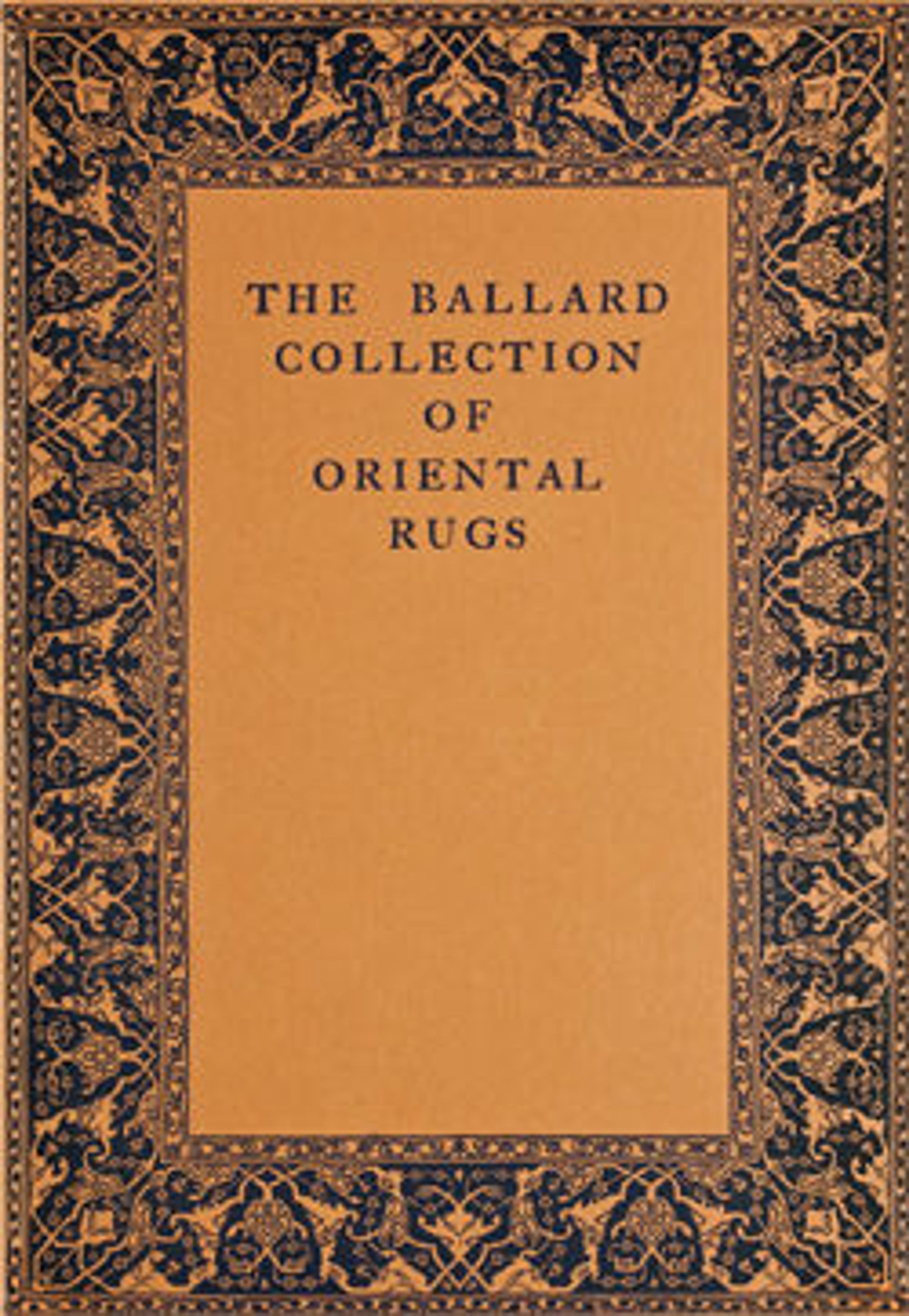"Bellini" Carpet
The center of this carpet features a doubling of the distinct octagonal pattern found in some classical "Bellini" rugs (such as no. 22.100.114). The significance of this unusual keyhole-shaped motif is a source of debate. Some scholars interpretet it as a fountain associated with ablutions (ritual cleaning) before prayer or link it to a keyhole design known from depictions of the Ka‘ba. This holy building in Mecca is traditionally shown as a black cubicle with a surrounding colonnade that resembles a keyhole. Others see in it a mihrab, or prayer niche indicating the direction of Mecca. While these interpretations all relate to prayer and symbolize a gateway to paradise, the shape also resembles the horseshoe arch found in the architecture of Islamic Spain and northern Africa.
Artwork Details
- Title: "Bellini" Carpet
- Date: 17th century
- Geography: Made in probably Western Turkey
- Medium: Wool (warp, weft and pile); symmetrically knotted pile
- Dimensions: H. 69 in. (175.3 cm)
W. 53 in. (134.6 cm) - Classification: Textiles-Rugs
- Credit Line: The James F. Ballard Collection, Gift of James F. Ballard, 1922
- Object Number: 22.100.89
- Curatorial Department: Islamic Art
More Artwork
Research Resources
The Met provides unparalleled resources for research and welcomes an international community of students and scholars. The Met's Open Access API is where creators and researchers can connect to the The Met collection. Open Access data and public domain images are available for unrestricted commercial and noncommercial use without permission or fee.
To request images under copyright and other restrictions, please use this Image Request form.
Feedback
We continue to research and examine historical and cultural context for objects in The Met collection. If you have comments or questions about this object record, please contact us using the form below. The Museum looks forward to receiving your comments.
